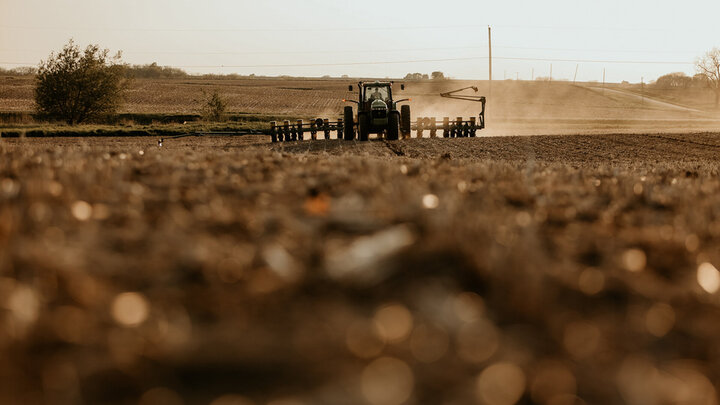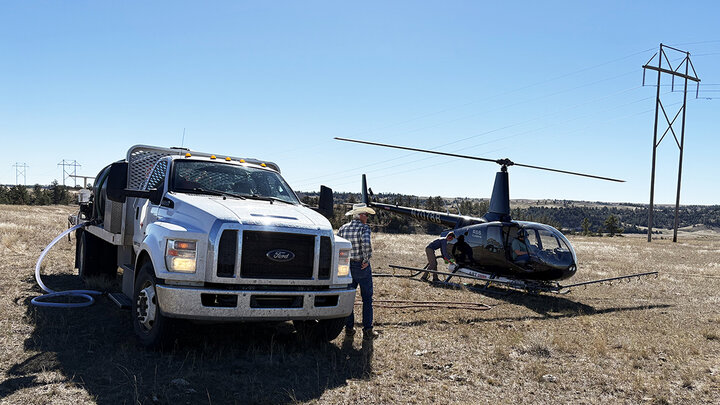By Robert Harveson
Associate Professor
UNL Department of Plant Pathology
Panhandle Research and Education Center
Cercospora leaf spot (CLS) is the most serious and destructive leaf disease of sugar beets in western Nebraska, northeastern Colorado, and southeastern Wyoming. This common disease is caused by the airborne fungus Cercospora beticola. CLS has a long history and has played a shaping role in sugar beet cultivation throughout the central and eastern production areas of the United States. This disease became a major limiting factor in early Nebraska production areas years ago, and was a primary reason for the shift of sugar beet production from eastern portions of the state to the west in the 1960s. The disease was of minor importance in western Nebraska until the mid-1980s, when it began to cause significant yield and sugar reductions throughout the North Platte River Valley.
The development of disease is highly dependent upon environmental conditions characterized by periods of high humidity or extended leaf wetness (>11 hours) and warm temperatures (>60 F). Without these conditions, disease spread and damage to beet crops is greatly reduced or inhibited. In our arid climate, these conditions are most commonly experienced during late summer under irrigation. Because of the environmental relationship needed for serious sugar and yield losses to occur, the disease is well suited to prediction of time periods when outbreaks would most likely be favorable. The prediction system is an estimate of the potential for disease development based on the relative humidity and temperature measured within fields. Because of the high degree of variability between and within fields, the system requires that growers inspect their own fields prior to making fungicide applications.
The implementation of the Cercospora Alert Forecasting System was started in the late 1980s by two UNL scientists, Dr. Albert Weiss, and Dr. Eric Kerr. This system that they developed is still being used today, and the plant pathology program is providing the leadership role in a region-wide Cercospora leaf spot Forecasting System in collaboration with the agricultural staff of the Western Sugar Coop, and several crop consulting services.
This service collects environmental data from multiple sites (14 in 200) in Nebraska, Colorado, and Wyoming, and Montana, collates and calculates forecasting values, and releases results to media outlets (TV and radio stations, newspapers), consultants, growers, or anyone else who is interested in receiving the information. Growers should then use the information as a guide to local environmental conditions, and potential for disease development in their fields. Because of wide variation between environmental conditions among sites, it will still be necessary to actually scout based on results from the forecasting site nearest a field.








